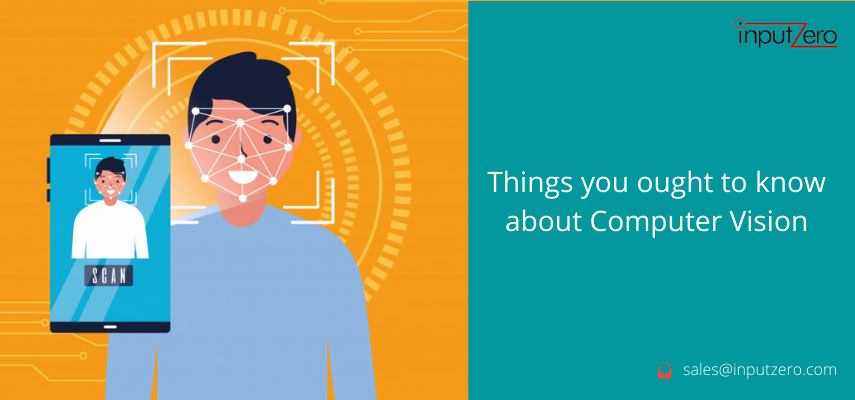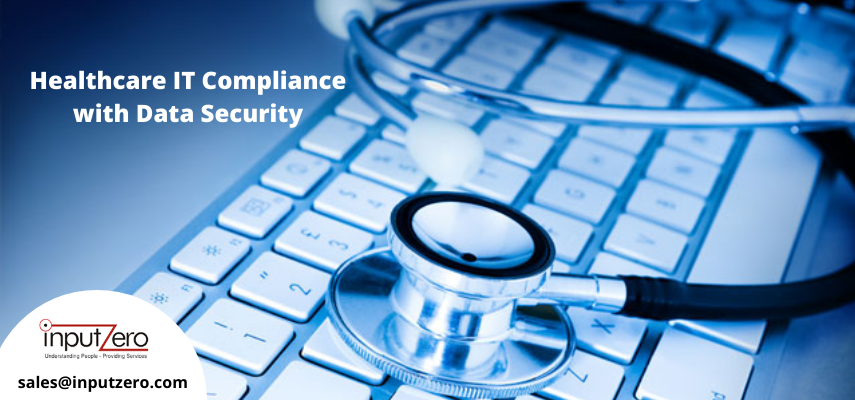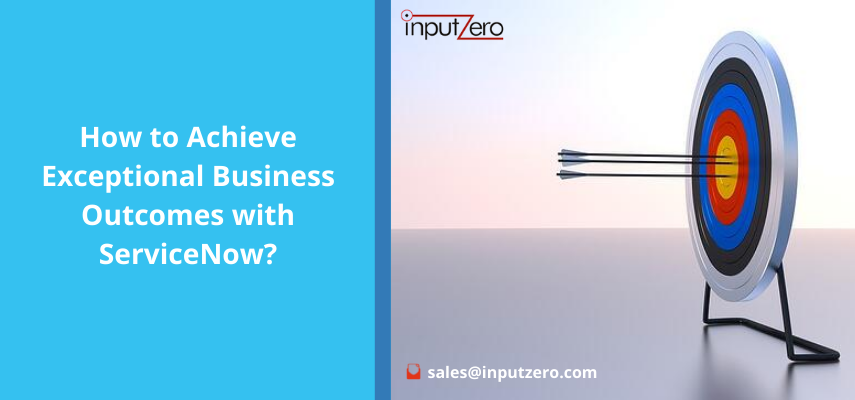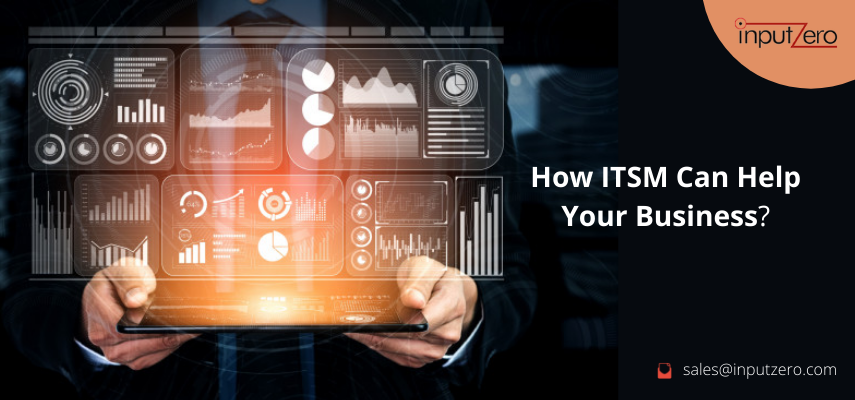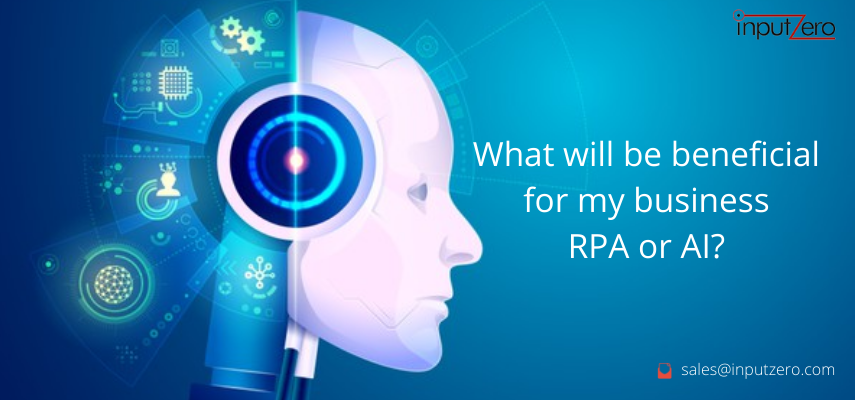Computer Vision, often abbreviated as CV, is defined as a field of study that seeks to develop techniques to help computers “see” and understand the content of digital images such as photographs and videos.
What does computer vision include?
Computer vision tasks include methods for acquiring, processing, analyzing and understanding digital images, and extraction of high-dimensional data from the real world in order to produce numerical or symbolic information, e.g. in the forms of decisions.
Computer vision can transform your business
As the technology booms across new sectors, it will be critical for business leaders to measure how computer vision could impact the future of their organization. Computer vision and machine vision typically depend on deep learning algorithms for proper weighting and training of visual data. Machine vision may also use a hybrid of various machine learning techniques to get to the desired level of output reasoning. Machine vision gives hardware the ability to observe and interpret its environment from what it “sees.”
If you and your organization do not have a process for implementing innovation and transformation yet, there is no better time than now. Digital transformation for an enterprise has more hurdles to address with the soft side of human management than it does with technology.
Typical applications of computer vision
This seemingly easy act of identifying patterns can be put to great use by computer vision machines. Here are the most common ones:
Object classification
The objects can be classified into typical broad categories. For instance, they can classify the given image as an animal or an automobile or humans. They can go deeper by classifying the animals into cats, dogs, lions, etc.
Object verification
This includes checking if the required object is there in the image provided.
Object identification
Identifying the object in the image.
Object detection
Finding out the location of a specific object in the image is possible through computer vision systems.
Object tracking
It is possible to track a specific object across a series of images. Remember that this object could be a human being and they can be tracked using computer vision systems spread across an area, which can be unethical in certain cases.
Object recognition
A typical image would have multiple objects. Computer vision systems can recognize all the objects and their location.
Object counting
Computer vision systems can break down any object into its components, which helps in identifying different types of images of the same object. Think of people having different physical features and dresses. It greatly helps in counting and has been a great asset in restricting the number of people in a closed area during this COVID-19 pandemic.
Facial recognition
Computer vision systems can identify gender, age, emotions, and the cultural appearance of people. Facial recognition has found use in biometric identification systems.
Forecasting behaviour
Computer vision systems can study the mood and sentiments of people in the image and forecast their reaction for new situations based on that.
Action recognition
Computer vision systems can identify an action or gesture of the person or animals in the image.
Object character recognition (OCR)
Computer vision system can identify the text and numbers written in an image. This is being widely used to develop applications that extract information by uploading photos of things like business cards.
Crowd dynamics
Computer vision system can not only count people passing through but also track their direction and density.
Document analysis
Computer vision systems can analyze a document based on the criteria provided and extract the required information.
Which industries use computer vision?
From our research, we've found that many of the use cases of computer vision fall into the following clusters:
- Retail and Retail Security
- Automotive
- Healthcare
- Agriculture
- Banking
- Industrial
How do companies use computer vision?
There are endless applications where the ability to extract meaning from “seeing” visual data is useful. Computer vision combines with other technologies such as augmented and virtual realities to enable additional capabilities.
Financial institutions use computer vision to prevent fraud, allow mobile deposits, and display numerical information visually.
In manufacturing, computer vision makes things more efficient, effective, and safe. It's used in predictive maintenance to identify an issue before any breakdowns occur as well as in quality control measures. The quantity of items a machine can verify outpaces human's ability to do the same dramatically.
The applications of computer vision are so varied that it is hard to imagine a business that couldn't benefit from it.
We’ll help you increase your efficiency with Computer Vision. We focus much of our expertise on this platform, which will make sure that you get the most out of your Computer Vision software by partnering with us.
Reach out to our sales department today at sales@inputzero.com, to know how we can help you implementing Computer Vision in your organization.

